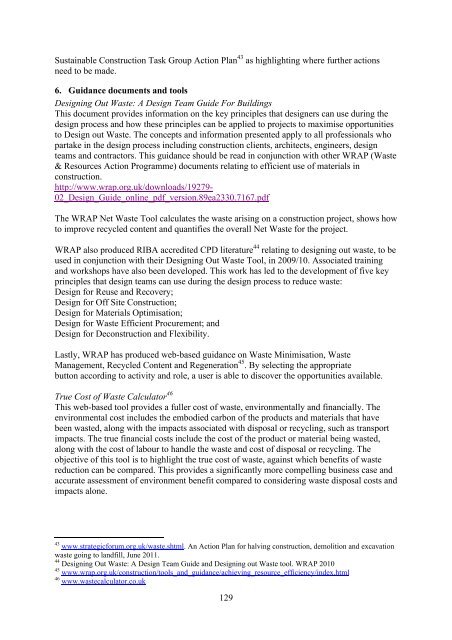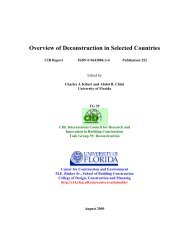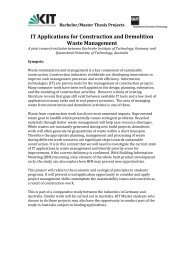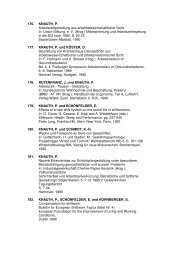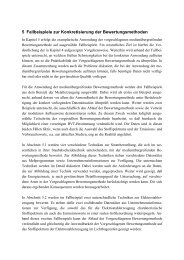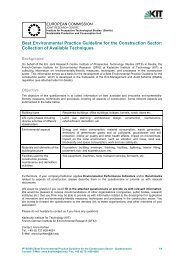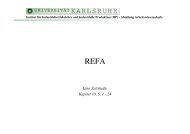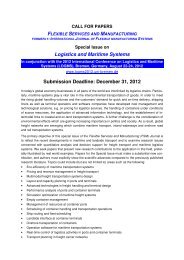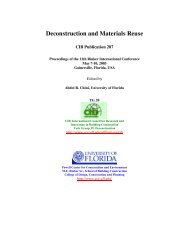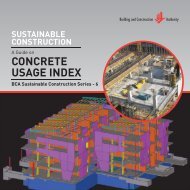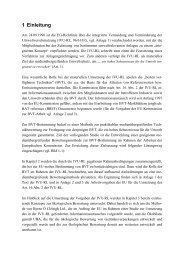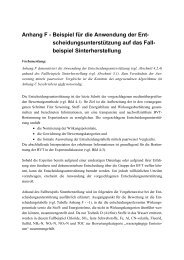Waste reduction final report -4 - Test Input
Waste reduction final report -4 - Test Input
Waste reduction final report -4 - Test Input
Create successful ePaper yourself
Turn your PDF publications into a flip-book with our unique Google optimized e-Paper software.
Sustainable Construction Task Group Action Plan 43 as highlighting where further actions<br />
need to be made.<br />
6. Guidance documents and tools<br />
Designing Out <strong>Waste</strong>: A Design Team Guide For Buildings<br />
This document provides information on the key principles that designers can use during the<br />
design process and how these principles can be applied to projects to maximise opportunities<br />
to Design out <strong>Waste</strong>. The concepts and information presented apply to all professionals who<br />
partake in the design process including construction clients, architects, engineers, design<br />
teams and contractors. This guidance should be read in conjunction with other WRAP (<strong>Waste</strong><br />
& Resources Action Programme) documents relating to efficient use of materials in<br />
construction.<br />
http://www.wrap.org.uk/downloads/19279-<br />
02_Design_Guide_online_pdf_version.89ea2330.7167.pdf<br />
The WRAP Net <strong>Waste</strong> Tool calculates the waste arising on a construction project, shows how<br />
to improve recycled content and quantifies the overall Net <strong>Waste</strong> for the project.<br />
WRAP also produced RIBA accredited CPD literature 44 relating to designing out waste, to be<br />
used in conjunction with their Designing Out <strong>Waste</strong> Tool, in 2009/10. Associated training<br />
and workshops have also been developed. This work has led to the development of five key<br />
principles that design teams can use during the design process to reduce waste:<br />
Design for Reuse and Recovery;<br />
Design for Off Site Construction;<br />
Design for Materials Optimisation;<br />
Design for <strong>Waste</strong> Efficient Procurement; and<br />
Design for Deconstruction and Flexibility.<br />
Lastly, WRAP has produced web-based guidance on <strong>Waste</strong> Minimisation, <strong>Waste</strong><br />
Management, Recycled Content and Regeneration 45 . By selecting the appropriate<br />
button according to activity and role, a user is able to discover the opportunities available.<br />
True Cost of <strong>Waste</strong> Calculator 46<br />
This web-based tool provides a fuller cost of waste, environmentally and financially. The<br />
environmental cost includes the embodied carbon of the products and materials that have<br />
been wasted, along with the impacts associated with disposal or recycling, such as transport<br />
impacts. The true financial costs include the cost of the product or material being wasted,<br />
along with the cost of labour to handle the waste and cost of disposal or recycling. The<br />
objective of this tool is to highlight the true cost of waste, against which benefits of waste<br />
<strong>reduction</strong> can be compared. This provides a significantly more compelling business case and<br />
accurate assessment of environment benefit compared to considering waste disposal costs and<br />
impacts alone.<br />
43 www.strategicforum.org.uk/waste.shtml. An Action Plan for halving construction, demolition and excavation<br />
waste going to landfill, June 2011.<br />
44 Designing Out <strong>Waste</strong>: A Design Team Guide and Designing out <strong>Waste</strong> tool. WRAP 2010<br />
45 www.wrap.org.uk/construction/tools_and_guidance/achieving_resource_efficiency/index.html<br />
46 www.wastecalculator.co.uk<br />
129


